Apollo 12 and Jupiter
An unlikely but nonetheless valuable source of stellar imagery comes from Apollo 12, unlikely because the source is not a high resolution still photo but a relatively poor quality, very short piece of 16mm footage taken at the end of the mission.
The source footage in question is magazine P of the 16mm films, and an example of it is given here.
The magazine starts with overexposed and blurry images of the lunar surface, moves on to images taken in orbit, then shows us an Earthrise image before finishing with shots or the and ends with views of the Command Module.
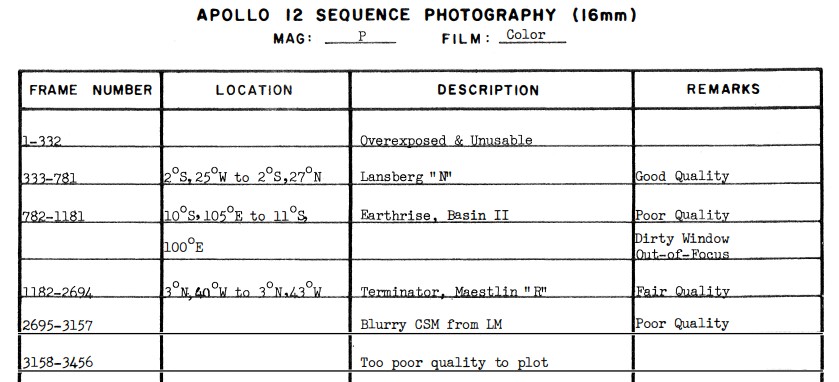
The nature of the footage before the Earthrise suggests very much that it was filmed during the ascent from the ground, and the foorage of the CSM gives us a clear window of somewhere between 14:32 and 19:42 on November 20th 1969. As the first Earthrise after lift off would have been about ¾ of an orbit after lift-ff, we’re realistically looking at a time of around 15:30 as a time for when Earthrise could have been filmed.
Clues from the mission transcript, discussed here, would seem to confirm 15:30 as a reasonable estimate for the timing of that filming.
So what?
Well, there’s something interesting that appears towards the tail end of the filming of the Earthrise sequence, and I’ve picked it out in the following images:
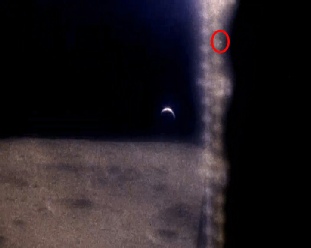
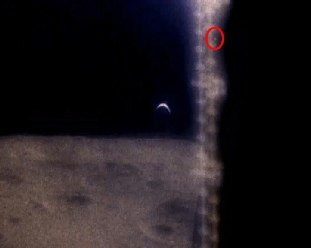
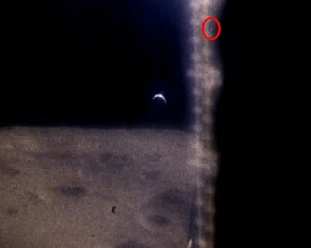
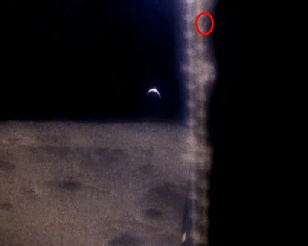
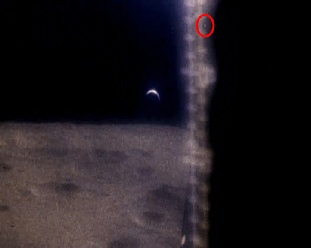
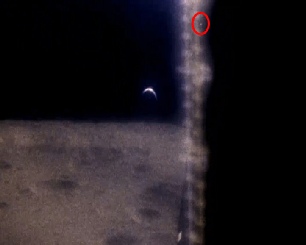
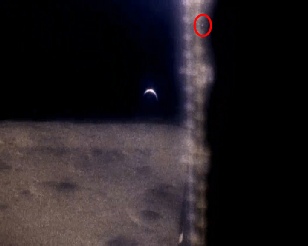
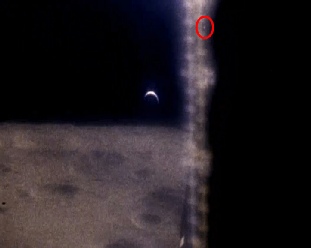
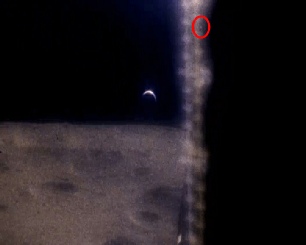
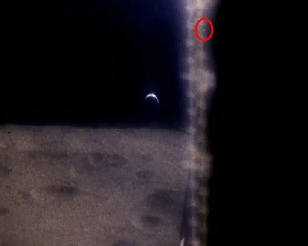
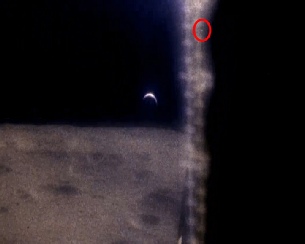
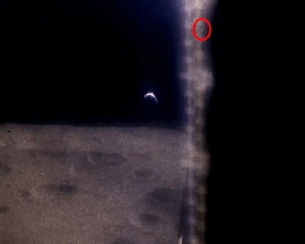
There are a few things worthy of note here. Firstly, the Earth is in exactly the right configuration for the time I’ve suggested. Secondly, the craters in shot are exactly right for an Earthrise in Apollo 12’s orbital trajectory (it’s the area around Pasteur and Debus), and thirdly the bright object I’ve circled is is not part of the LM’s window, or the landing point designator etched on it - it moves around but remains at a constant distance from the Earth.
So what is it?
Well, as any amateur astronomer knows a very bright object in the night sky is likely to be either Jupiter or Venus. If we put the estimated time of the photograph into Stellarium and match the location with that of the orbiting LM, what would be on view?
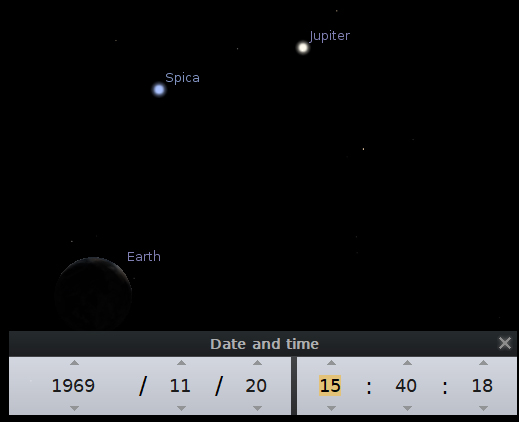
How about that?! Just to be sure, let’s overlay them.
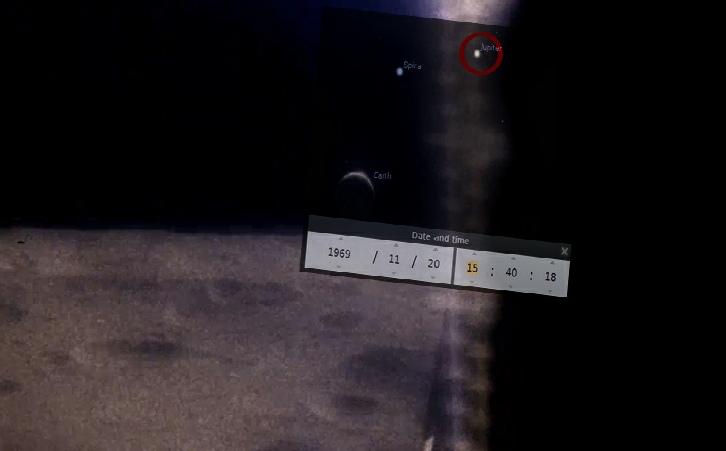
Is it absolutely certain? No, I think there is some room for doubt, but it’s pretty damned convincing and I think the onus is on someone to prove that it isn’t Jupiter, exactly where it should be in Apollo 12’s timeframe.














